I'm trying to write a program that detects my eyes and then just keeps them and blackens the rest of the video.
so I just have the coordinates of eyes and I want to keep these sub-matrices and make the rest of the matrix to zero.

import numpy as np
import cv2
face_cascade = cv2.CascadeClassifier('haarcascade_frontalface_default.xml')
eye_cascade = cv2.CascadeClassifier('haarcascade_eye.xml')
cap = cv2.VideoCapture(0)
while(True):
ret, img = cap.read()
gray = cv2.cvtColor(img, cv2.COLOR_BGR2GRAY)
faces = face_cascade.detectMultiScale(gray, 1.3, 5)
for (x,y,w,h) in faces:
roi_gray = gray[y:y+h, x:x+w]
roi_color = img[y:y+h, x:x+w]
eyes = eye_cascade.detectMultiScale(roi_gray)
for (ex,ey,ew,eh) in eyes:
# how to keep this : img[y+ey:y+ey+eh,x+ex:x+ex+ew] ????
cv2.rectangle(roi_color,(ex,ey),(ex+ew,ey+eh),(0,255,0),4)
cv2.imshow('img',img)
k = cv2.waitKey(30) & 0xff
if k==ord('q'):
break
cap.release()
cv2.destroyAllWindows()
generally, how can we do this fast and simple?